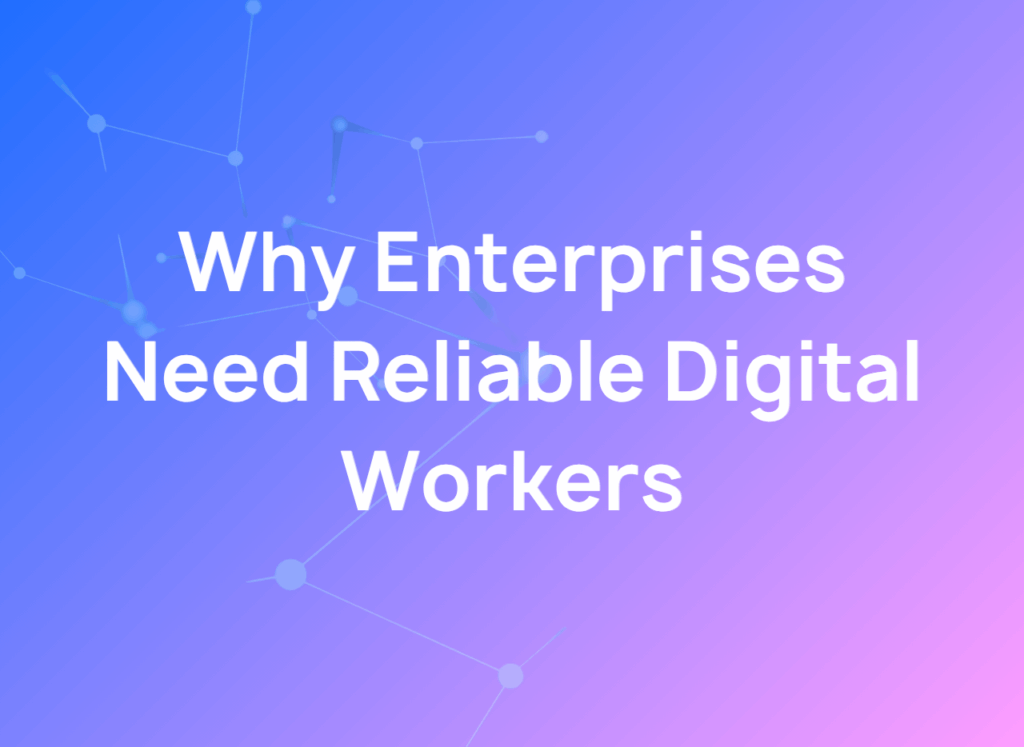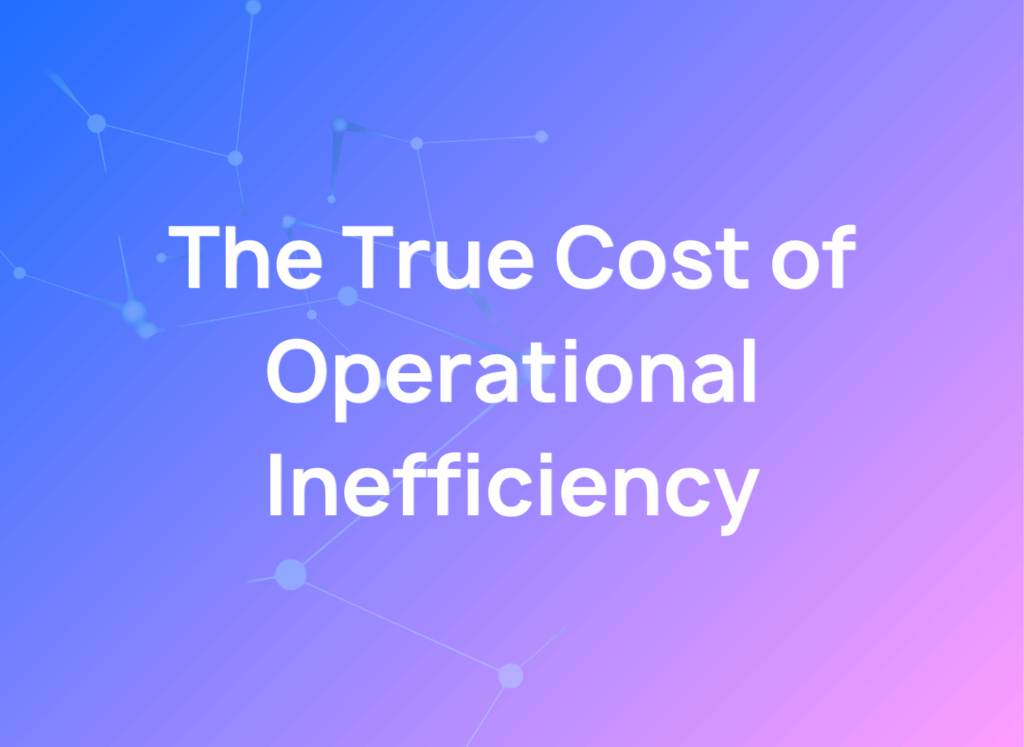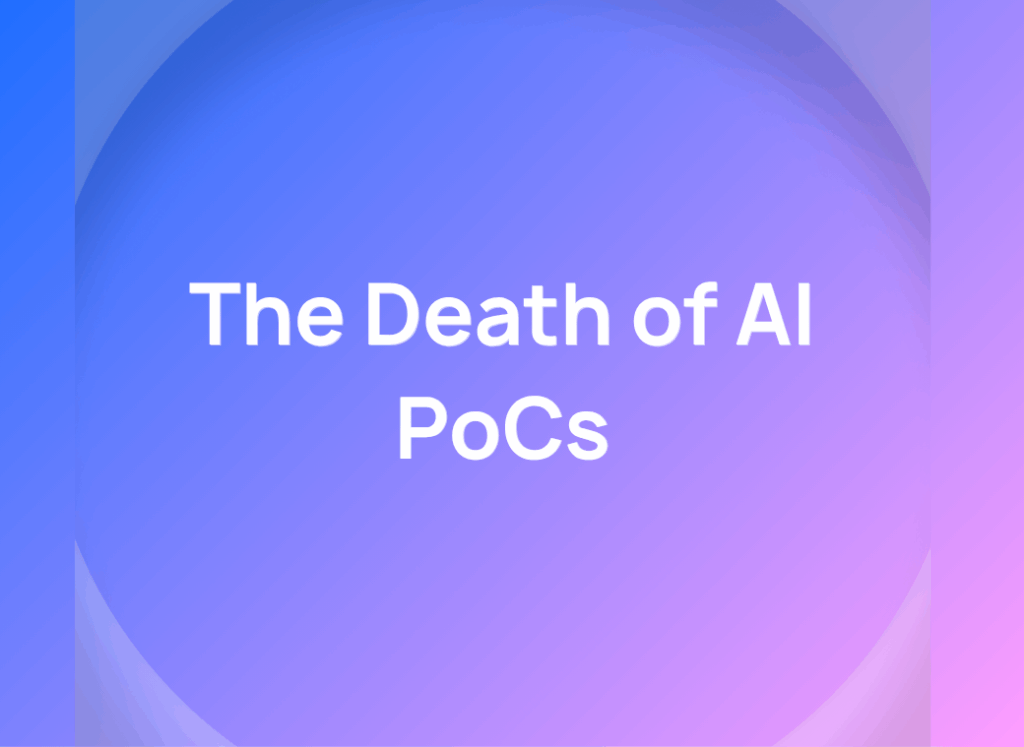Digital Workers Render RPA Obsolete
Digital Workers Render RPA Obsolete
Robotic Process Automation (RPA) has been the go-to for automating repetitive tasks like copy-pasting data or moving files between systems. But RPA is brittle: rule-based bots break whenever workflows change, and according to Ernst & Young, up to 50% of RPA projects fail. Modern enterprises are too dynamic for these to work - data is messy, exceptions are constant, and maintenance costs erode ROI. RPA only delivers incremental savings and high operational risk whereas Digital Workers solve these limitations.
CFOs and COOs can’t afford that trade-off. They need solutions that not only reduce costs but also protect margins.
AI agents bring adaptive intelligence and handle end-to-end workflows. Instead of patching brittle scripts, Digital Workers reason, learn methods or procedures, and then orchestrate entire processes across systems. The outcome is transformative ROI - faster throughput and freed human capacity for strategic work.
RPAs vs Digital Workers
Why RPA is fragile
Robotic Process Automation (RPA) is rule-based. An automation follows a fixed sequence of steps, so if a button moves, a field changes name, or a file format is updated, the automation breaks. This fragility forces IT teams into constant patching and recalibration just to keep processes running.
How Digital Workers adapt
Digital Workers are different. Integrated with powerful reasoning benchmarks - surpassing LLMs by 10–100% - and supported by a network of “judge agents” that rigorously evaluate every output, Digital Workers deliver decisions that are not only faster but also more accurate. Instead of failing when a layout or input changes, they:
- Analyze the new structure in real time.
- Identify the right fields based on context.
- Extract intent from emails in unfamiliar formats.
- Handle exceptions by externally finding missing data or escalating to a human.
The outcome
RPA is just a “script,” whereas an AI agent acts like a colleague - able to reason and keep business processes running even when the environment changes. That makes them far more reliable in the real world, capable of handling the unexpected with the kind of context awareness you glimpse when a chatbot pauses to “think” - only with actual depth and understanding.
End-to-End Workflows, Not Isolated Tasks
The limitation of RPA
Robotic Process Automation (RPA) is built for discrete, isolated tasks. RPAs can log into a system, download a file, rename it, and upload it somewhere else. While useful for that step, it doesn’t address the full complexity of a business process. The result: potential efficiency at the micro level, but little impact on overall workflow performance.
Why Digital Workers have the advantage
Digital Workers are designed for end-to-end automation. They don’t just complete one task; they orchestrate entire processes across systems, departments, and decision points.
Example
Instead of only pulling invoice data, a Digital Worker manages the entire accounts payable cycle:
- Receiving and validating invoices
- Flagging discrepancies
- Securing approvals
- Scheduling payments
The outcome
This ability to automate complex, multi-system workflows turns automation into a strategic business asset, not just a task-level efficiency tool.
Enterprise-grade reliability and governance
Why RPA creates risk
When an RPA fails, entire processes can stall - causing financial losses and even compliance breaches. Worse, many organizations describe their RPA setup as a “black box,” meaning there is zero transparency and no clear cause of errors.
How Digital Workers reduce risk
Our AI agents, on the other hand, are engineered for enterprise reliability. They include:
- Built-in guardrails and validation checks
- Performance guarantees with measurable SLAs
- Comprehensive monitoring for full visibility and auditability
The outcome
Instead of fragile scripts, enterprises get automation that is predictable and compliant - meaning that our AI agents are perfect for highly-regulated industries. Digital Workers ensure processes keep running reliably - even in environments where there are stringent controls.
From Incremental Savings to ROI
The limits of RPA savings
Robotic Process Automation (RPA) is often sold on the premise of cost reduction. It can automate repetitive tasks and deliver small efficiency gains. But the reality is different:
- High maintenance costs eat into savings.
- Frequent IT intervention reduces scalability.
- Complex, high-value processes remain manual.
As a result, RPA usually delivers incremental ROI at best.
The Digital Worker advantage
Digital Workers go beyond task-level automation. By handling complex, end-to-end workflows, they consistently deliver transformative returns - often 5x ROI or more.
How ROI is achieved
- Freeing humans for strategic work: Skilled employees shift from manual tasks to innovation, strategy, and customer engagement.
- Accelerating throughput: Digital Workers run 24/7 with superior accuracy, cutting cycle times for onboarding, finance, and reporting.
- Consolidating tech spend: By replacing fragile RPA bots, dislocated SaaS tools, and manual processes with a single adaptive solution, enterprises save millions.
- Example: Within three months at Syneos Health, our Digital Workers eliminated over $1 million in legacy SaaS tools. At a Fortune 500 pharma manufacturer, we safeguarded production and unlocked $30M in direct savings in year one.
The outcome
Where RPA stalls at incremental savings, Digital Workers create a step-change in efficiency, cost reduction, and business value.
Conclusion: Choose a Workforce, Not Just a Singular Task-based Automation
The choice between RPA and Digital Workers is a choice between a stopgap solution and a long-term strategic advantage. RPA is a band-aid for simple, repetitive tasks, but it lacks the intelligence and resilience to power the modern enterprise.
Digital Workers are a more logical investment for businesses. They are scalable, intelligent, and adaptive partners that can execute your most complex workflows with unparalleled reliability. By moving beyond brittle scripts and embracing a workforce that can reason and adapt, your organization can achieve a new level of efficiency.
Sectors like banking, insurance, healthcare, pharmaceuticals, and telecom have been the heaviest adopters of RPA - largely because of their high volume of rules-based tasks. But these industries also face regulatory complexity and constant exceptions that brittle bots can’t handle. By shifting to Digital Workers, they can automate entire end-to-end processes (from claims handling to clinical trial reporting) with reliability.
The key difference is adaptability. Robotic Process Automation (RPA) uses rule-based bots that break when workflows or inputs change. Digital Workers are AI agents that reason, adapt to changes, and reliably orchestrate entire end-to-end processes, making them far more resilient in dynamic business environments.
Many RPA projects fail because their rule-based bots are brittle and require constant maintenance whenever systems or data formats change. This fragility, combined with hidden costs that erode ROI, limits RPA to simple task automation. As a result, businesses struggle to scale these solutions or handle the complexity of end-to-end workflows, leading to high failure rates.
Yes, they are engineered for enterprise reliability, making them ideal for regulated industries. Digital Workers include built-in guardrails, validation checks, and measurable SLAs to ensure predictable, compliant performance. With comprehensive monitoring for full visibility and auditability, they provide a level of governance that fragile RPA bots cannot match.
Yes, Digital Workers are designed to replace RPA bots with more adaptive, intelligent agents. The best approach is to start by identifying high-impact or fragile workflows currently handled by RPA. Over time, you can migrate processes, consolidating your automation tools, reducing maintenance costs, and increasing overall reliability and efficiency.





